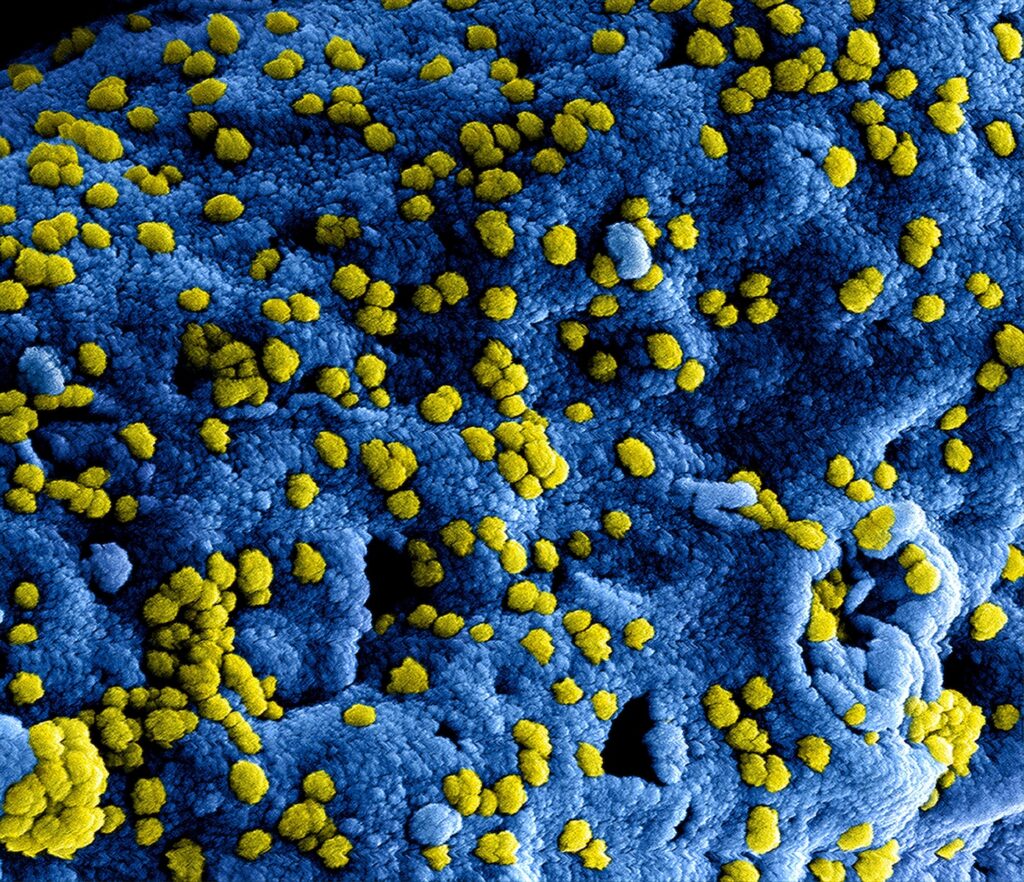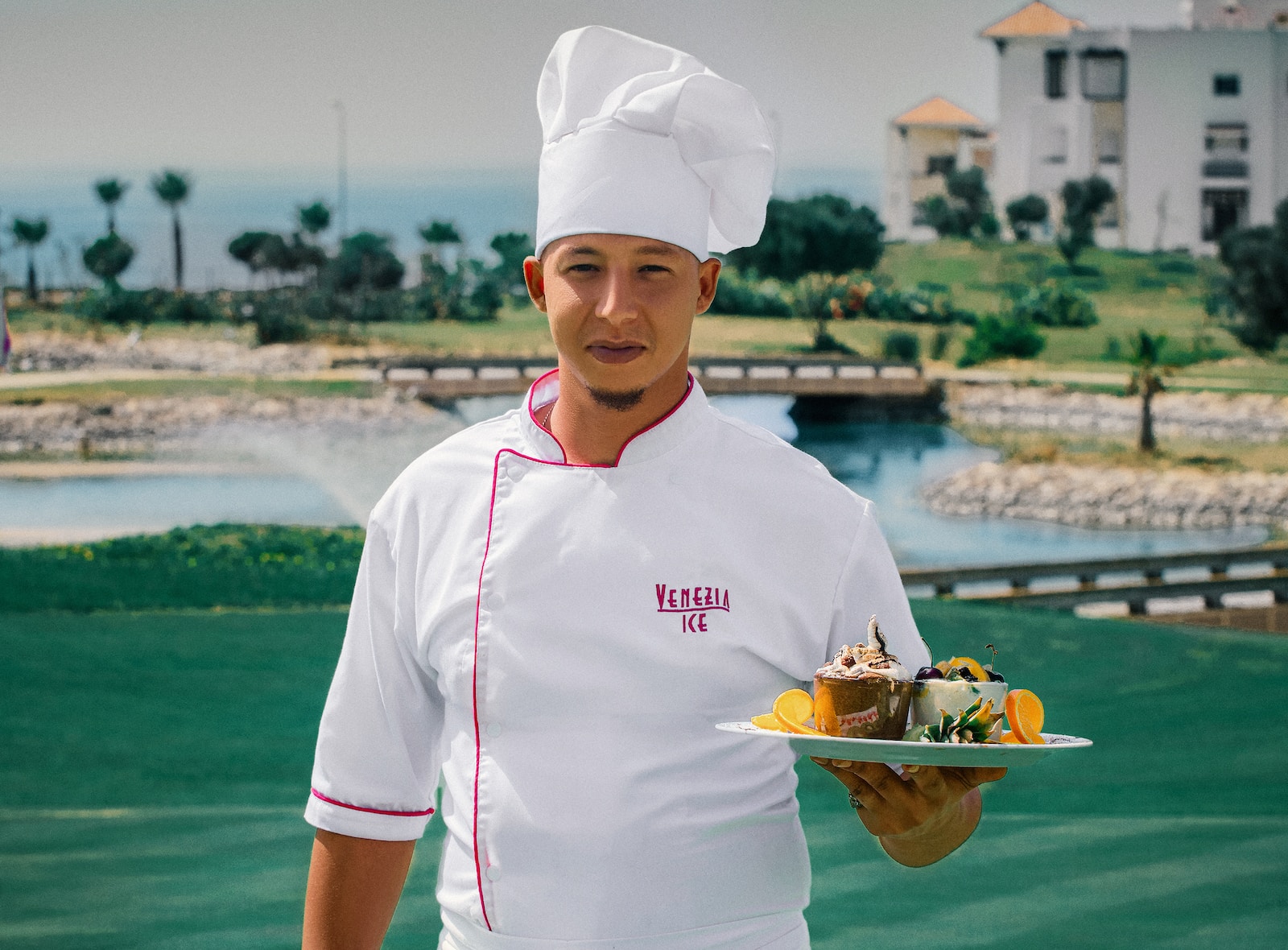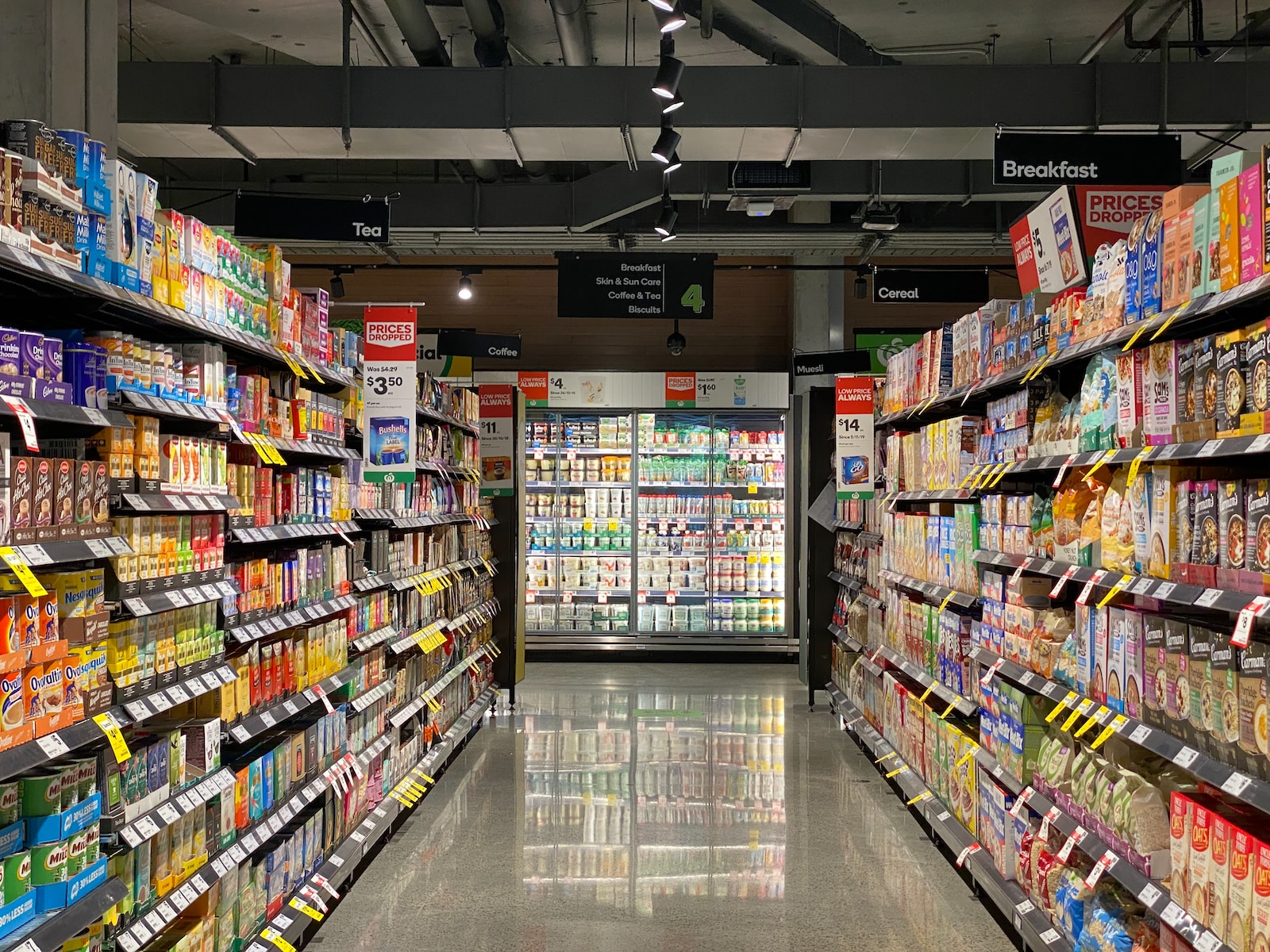If you or someone you love has food allergies, mealtime can be a source of stress and anxiety. Eating out at restaurants can be a daunting experience, and even cooking at home can be challenging when you have to avoid certain ingredients. That’s where a personal chef can come in to help.
A personal chef can work with you to create delicious, nutritious meals that are tailored to your specific dietary needs and preferences. They can help you avoid cross-contamination of allergens, choose allergen-free and delicious recipes, and even do the grocery shopping for you. With the help of a personal chef, you can enjoy mealtime again without worrying about your allergies.
Key Takeaways:
- A personal chef can help you create delicious, nutritious meals that are tailored to your specific dietary needs and preferences.
- They can help you avoid cross-contamination of allergens and choose allergen-free and delicious recipes.
- With the help of a personal chef, you can enjoy mealtime again without worrying about your allergies.
Understanding Food Allergies
As a personal chef, it’s essential to understand food allergies and how to work with them. Food allergies are a serious medical condition that affects many people worldwide. When someone has a food allergy, their immune system responds to a specific food as if it were harmful, causing an allergic reaction.
Identifying Common Allergens
It’s important to know the most common food allergens, which are milk, eggs, peanuts, tree nuts, fish, shellfish, wheat, and soy. However, there are many other foods that can cause an allergic reaction, so it’s essential to ask your clients about any food allergies they may have before you start cooking.
Recognizing Allergic Reactions
Allergic reactions can range from mild to severe, and they can occur within minutes or up to two hours after eating the allergen. Mild reactions may include hives, itching, or a runny nose. More severe reactions can cause difficulty breathing, swelling of the face and throat, and even anaphylaxis, which is a life-threatening reaction.
If you suspect that your client is having an allergic reaction, it’s essential to act quickly. Call 911 immediately if they are experiencing severe symptoms such as difficulty breathing or swelling of the throat. If they have an epinephrine auto-injector, help them to use it.
To prevent allergic reactions, it’s crucial to avoid cross-contamination. This means keeping allergens separate from other foods and using different utensils and equipment when cooking. When shopping for ingredients, make sure to read labels carefully to ensure that the food is safe for your client to eat.
By understanding food allergies and taking the necessary precautions, you can ensure that your clients can enjoy delicious meals without the risk of an allergic reaction.
The Role of a Personal Chef
If you have food allergies, you know how difficult it can be to find foods that you can eat. This is where a personal chef can be invaluable. A personal chef can work with you to create meals that meet your dietary needs and restrictions. In this section, we’ll discuss the role of a personal chef and how they can help you manage your food allergies.
Meeting Dietary Needs
One of the primary roles of a personal chef is to meet your dietary needs. They can work with you to create meals that are free from the ingredients that you are allergic to. For example, if you have a gluten allergy, your personal chef can create gluten-free meals that are still delicious and satisfying.
A personal chef can also help you navigate special dietary needs. For example, if you are a vegetarian or vegan, your personal chef can create meals that meet your dietary restrictions. They can also work with you to create meals that are low in fat, low in sodium, or high in protein, depending on your specific needs.
Cooking Techniques and Styles
Another role of a personal chef is to use cooking techniques and styles that meet your needs. For example, if you have a gluten allergy, your personal chef can use alternative flours and ingredients to create delicious meals that are still gluten-free. They can also use cooking techniques that are safe for your allergies, such as avoiding cross-contamination with other ingredients.
Your personal chef can also work with you to create meals that meet your preferred cooking style and cuisine. Whether you prefer Italian, Asian, or American cuisine, your personal chef can create meals that meet your specific tastes and preferences.
In summary, a personal chef can be a valuable asset if you have food allergies or special dietary needs. They can work with you to create meals that meet your dietary restrictions and preferences, using cooking techniques and styles that are safe and delicious.
Preventing Cross-Contamination
As a personal chef working with clients who have food allergies, it is essential to understand how to prevent cross-contamination. Cross-contamination happens when an allergen comes into contact with safe food, causing an allergic reaction. Here are some tips to help you prevent cross-contamination.
Safe Food Handling
Safe food handling is critical when working with clients who have food allergies. Use separate utensils, cutting boards, and pans when preparing food to avoid cross-contamination. If you must use the same equipment, clean it thoroughly with soap and water before using it again. Consider using color-coded utensils and cutting boards to prevent confusion.
When preparing food, be sure to wash your hands thoroughly with warm water and soap before handling any ingredients. Rinse and dry your hands with a clean towel. Avoid touching your face, hair, or any other part of your body while preparing food.
Understanding Food Labels
Understanding food labels is essential when working with clients who have food allergies. Always read the label carefully to check for any allergens. Look for common allergens such as peanuts, tree nuts, shellfish, fish, soy, wheat, and dairy. Check the label every time you purchase a product, as ingredients can change.
Be aware of cross-contamination warnings on food labels. Some products may be processed in facilities that also process allergens, increasing the risk of cross-contamination. If a product has a cross-contamination warning, it is best to avoid it.
In conclusion, preventing cross-contamination is crucial when working with clients who have food allergies. Safe food handling and understanding food labels are essential to prevent allergic reactions. By following these tips, you can ensure that your clients with food allergies can enjoy safe and delicious meals.
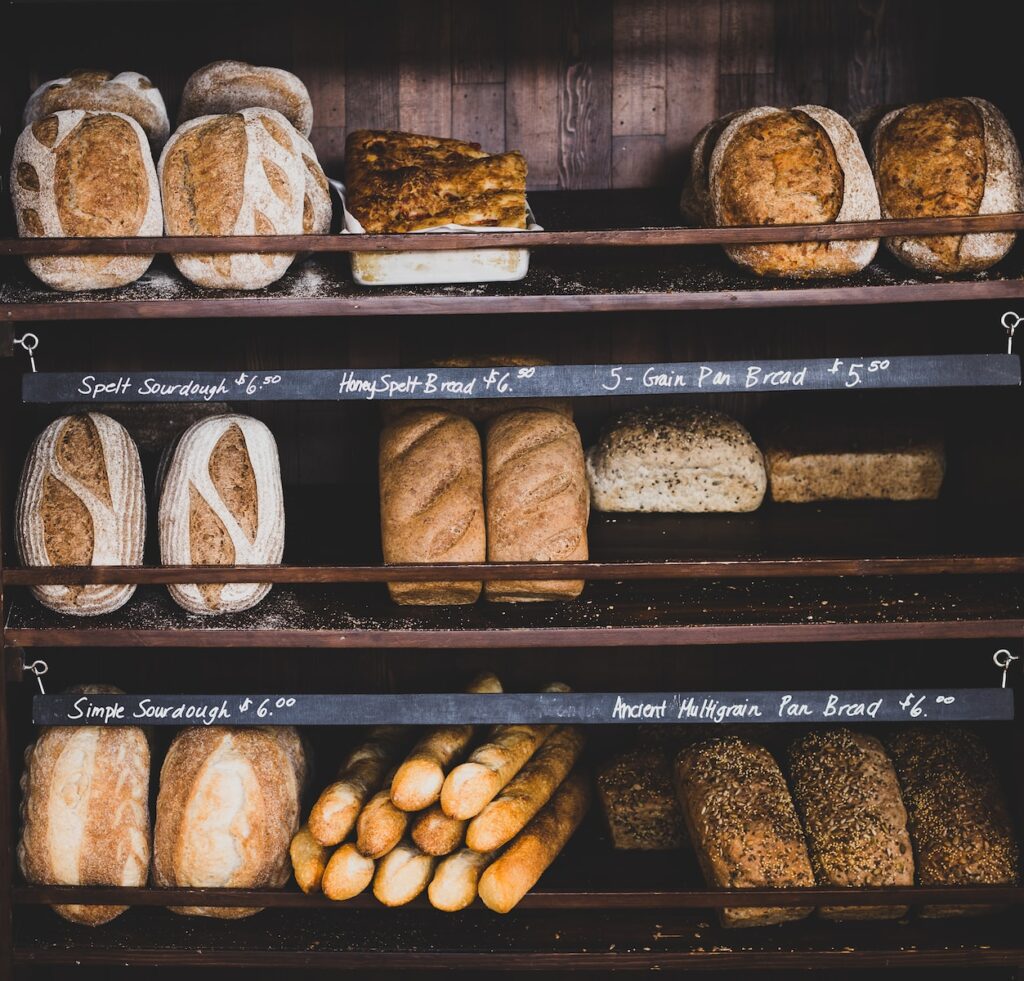
Creating Allergen-Free Recipes
As a personal chef, working with food allergies can be challenging, but it can also be rewarding. Creating allergen-free recipes requires a bit of creativity and knowledge of the ingredients that can be used as substitutes. In this section, we will explore two methods of creating allergen-free recipes: Adapting existing recipes and innovative cooking for allergies.
Adapting Existing Recipes
Adapting existing recipes to make them allergen-free can be a great way to create delicious meals that everyone can enjoy. Here are some tips on how to adapt recipes:
- Identify the allergen(s): Before adapting a recipe, it’s important to know which allergen(s) you need to avoid. This will help you determine which ingredients to substitute.
- Substitute ingredients: Look for allergen-free substitutes for the ingredients you need to avoid. For example, if you need to avoid dairy, you can use coconut milk or almond milk instead of cow’s milk.
- Adjust cooking times and temperatures: Some allergen-free substitutes may require adjustments to cooking times and temperatures. For example, gluten-free flour may require a longer baking time than regular flour.
- Experiment: Don’t be afraid to experiment with different substitutions until you find the perfect combination. Keep notes on what works and what doesn’t, so you can reference them in the future.
Innovative Cooking for Allergies
Innovative cooking for allergies involves using alternative ingredients and techniques to create delicious meals that are free from common allergens. Here are some tips on innovative cooking for allergies:
- Use alternative flours: There are many alternative flours available that are gluten-free, such as almond flour, coconut flour, and rice flour. These can be used to make everything from bread to pasta.
- Experiment with new ingredients: There are many ingredients that are not commonly used in traditional cooking but can be used to create delicious allergen-free meals. For example, aquafaba (the liquid from a can of chickpeas) can be used as an egg substitute in recipes.
- Attend culinary school: If you want to become an expert in innovative cooking for allergies, consider attending culinary school. Many culinary schools now offer courses on allergen-free cooking.
- Use an allergy chef cookbook: There are many cookbooks available that are specifically designed for people with food allergies. These cookbooks provide recipes that are free from common allergens and are easy to follow.
Creating allergen-free recipes can be a challenge, but it’s also a great opportunity to be creative and experiment with new ingredients and techniques. With these tips, you can create delicious meals that everyone can enjoy, regardless of their food allergies.
Living with Food Allergies
Living with food allergies can be a challenge, but it doesn’t have to be a life sentence of pain and discomfort. With the help of a personal chef who is familiar with your food intolerances, you can enjoy delicious and nutritious meals that are safe for you to eat. Here are some tips to help you navigate social situations and find resources that can help you and your family.
Navigating Social Situations
Eating out at a restaurant or attending social events can be stressful when you have food allergies. Here are some tips to help you navigate these situations:
- Call ahead to the restaurant or event organizer to let them know about your food intolerances. This will give them time to prepare safe and delicious meals for you.
- Bring your own food to events if you’re not sure if there will be anything safe for you to eat.
- If you’re attending a conference or event, check with the organizers to see if they have any resources available for individuals with food allergies.
- When eating out at a restaurant, let your server know about your food intolerances and ask them to speak with the chef to ensure that your meal is safe for you to eat.
- If you’re visiting Disney World, they have a great resource for individuals with food allergies. You can speak with a chef at any of the restaurants on property and they will work with you to create a meal that is safe for you to eat.
Resources for Individuals and Families
There are many resources available for individuals and families living with food allergies. Here are some that you may find helpful:
- The Food Allergy & Anaphylaxis Connection Team (FAACT) is a great resource for individuals and families living with food allergies. They offer support groups, educational resources, and advocacy efforts to help raise awareness about food allergies.
- The American Academy of Allergy, Asthma & Immunology (AAAAI) offers a directory of allergists in your area who can help diagnose and manage your food intolerances.
- The Food Allergy Research & Education (FARE) organization offers a variety of educational resources, including webinars, conferences, and support groups for individuals and families living with food allergies.
- Your mother or kids may also be a great resource for finding safe and delicious recipes that work with your food intolerances. You can also check out online recipe resources that cater to specific food intolerances, such as gluten-free or dairy-free cooking.
By using these resources and working with a personal chef who is familiar with your food intolerances, you can enjoy delicious and nutritious meals without having to worry about the pain and discomfort that can come with food allergies.
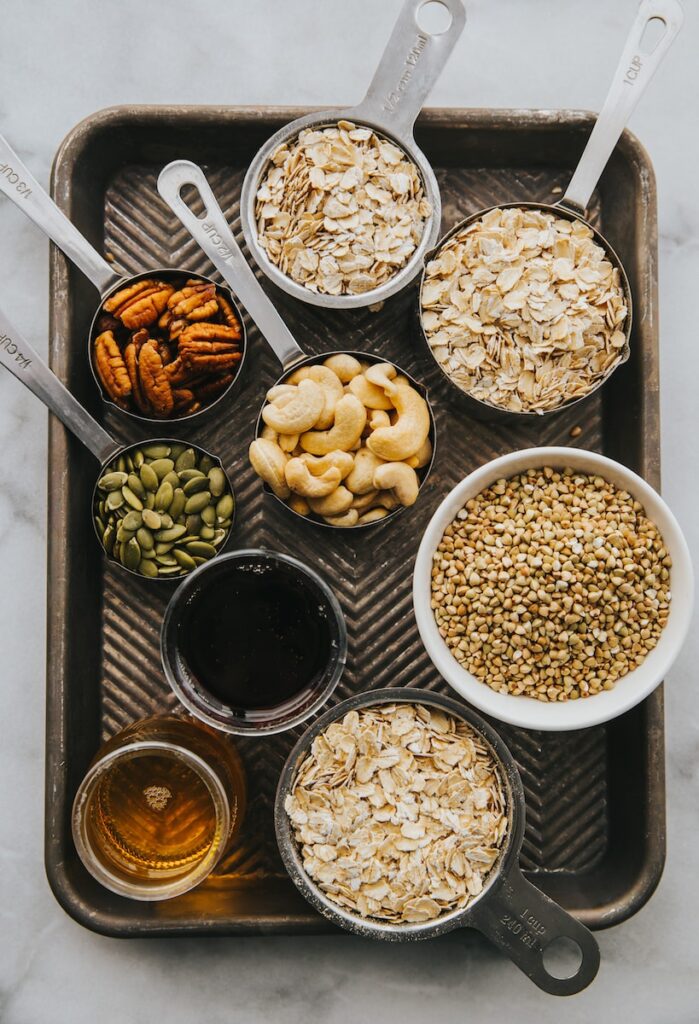
Frequently Asked Questions
How can a personal chef accommodate clients with food allergies?
As a personal chef, it’s important to be knowledgeable about food allergies and how to accommodate clients with them. A good way to start is by having a thorough conversation with your client about their specific allergies and dietary needs. This will help you tailor meals to their specific needs and preferences. Additionally, you can research and experiment with alternative ingredients to replace common allergens in recipes.
What are some common food allergens to be aware of when cooking for clients?
The eight most common food allergens are milk, eggs, fish, shellfish, tree nuts, peanuts, wheat, and soy. It’s important to be aware of these allergens and to read food labels carefully when grocery shopping. Additionally, it’s important to avoid cross-contamination when cooking with these allergens, as even a small amount can cause an allergic reaction.
How can a personal chef ensure cross-contamination is avoided when cooking for clients with food allergies?
Cross-contamination can occur when food comes into contact with a surface or utensil that has previously touched an allergen. To avoid this, it’s important to use separate utensils, cutting boards, and cookware when preparing meals for clients with food allergies. Additionally, you can use color-coded cutting boards and utensils to help keep allergen-free foods separate from those that contain allergens.
What are some alternative ingredients that can be used in place of common allergens?
There are many alternative ingredients that can be used in place of common allergens. For example, coconut milk can be used as a substitute for dairy milk, and gluten-free flours can be used in place of wheat flour. It’s important to experiment with different ingredients to find what works best for each client’s specific needs and preferences.
What steps should a personal chef take to ensure the safety of clients with food allergies?
To ensure the safety of clients with food allergies, it’s important to take several steps. These include thoroughly cleaning all utensils and cookware before use, avoiding cross-contamination, and carefully reading food labels. Additionally, it’s important to have a plan in place in case of an allergic reaction, such as knowing the location of the nearest hospital.
How can a personal chef communicate effectively with clients about their food allergies?
Effective communication is key when working with clients who have food allergies. It’s important to have a thorough conversation with your client about their specific allergies and dietary needs, and to ask questions if you’re unsure about something. Additionally, it’s important to clearly label all food items and to provide your client with a list of ingredients for each dish.
About the author
Dr Harlan Kilstein has been fascinated by cooking and food technology since he was young.
He has worked in the catering industry for many years.
He has authored more than a dozen recipe books in the Keto niche including Speed Keto, Speed Keto RFL (Rapid Fat Loss) and many more.


